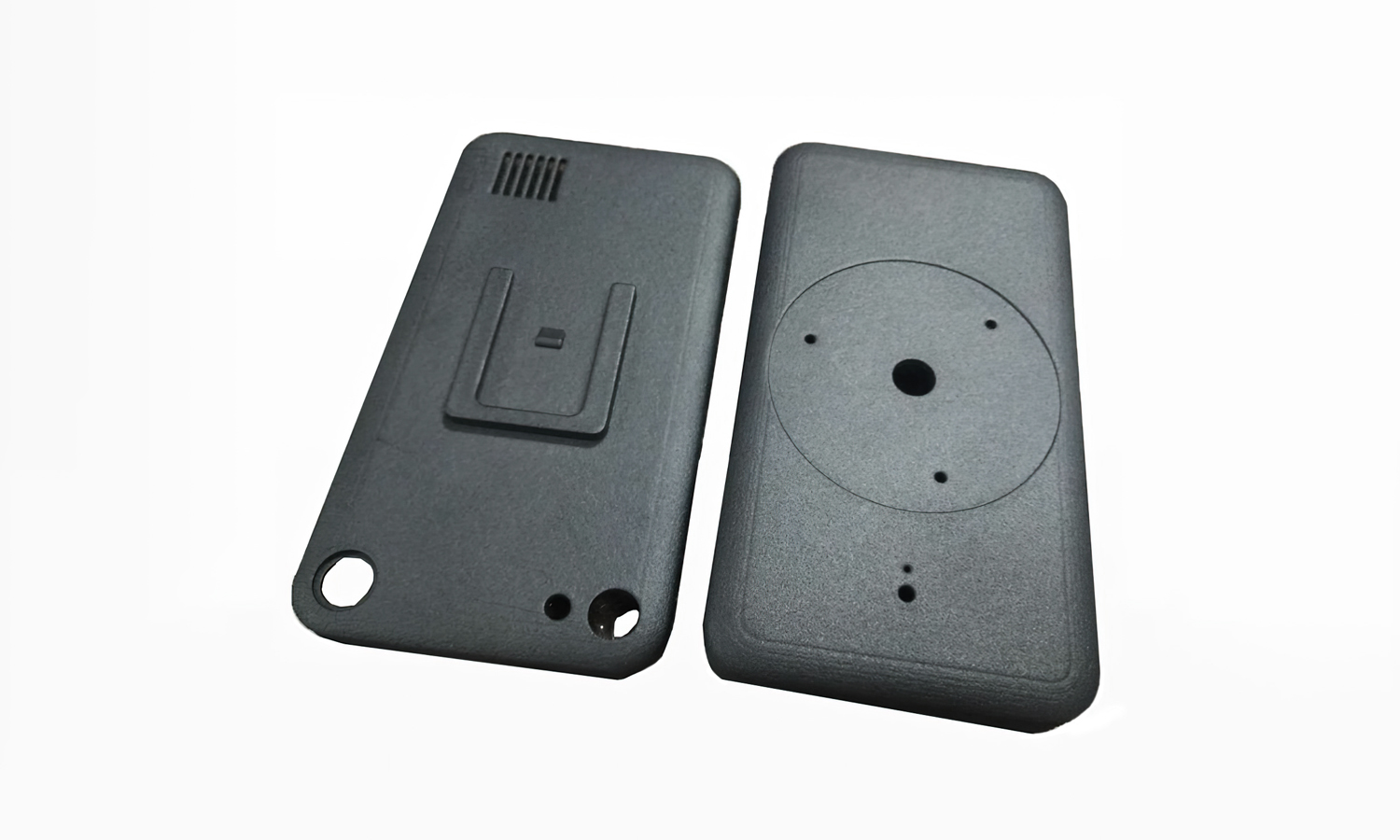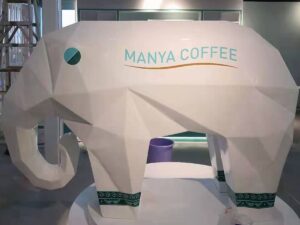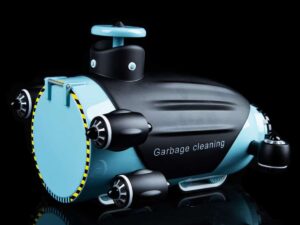Gallery
About Project
Selective Laser Sintering (SLS) nylon printing has become one of the most versatile solutions in additive manufacturing. The technology uses a high-power laser to fuse fine nylon powder layer by layer, producing durable, precise, and functional parts without the need for supports. The examples below showcase how SLS nylon performs across diverse industries – from artistic design to mechanical engineering.
The first model, a white lattice sphere, demonstrates the remarkable design freedom of SLS printing. It contains nested geometric structures that cannot be produced by traditional manufacturing. The even surface and clean powder removal highlight the precision and stability of laser-sintered nylon powder.
The second example, a set of black functional screws, shows the strength and detail SLS can achieve. The threads are crisp and accurate, proving that nylon components printed by SLS can serve as working mechanical parts. These prints require no post-machining yet maintain good dimensional tolerance and load-bearing capacity.
The third case, a pair of grey electronic housings, represents a common industrial application. SLS nylon provides both rigidity and heat resistance, making it suitable for enclosures, brackets, and mounts used in consumer electronics and prototyping. The consistent matte surface and clean cutouts reflect industrial-grade precision.
Finally, the complex black flow-channel component illustrates how SLS handles intricate internal passages and mechanical integration. Nylon’s toughness and resistance to wear make it an excellent choice for functional testing or small-batch production of engineering parts.
Nylon 3D Printing at FacFox
FacFox offers professional SLS nylon 3D printing services for both prototypes and end-use products. With materials such as PA12, PA11, and glass-filled nylon, we ensure outstanding mechanical performance, fine resolution, and optional finishes – from raw matte to polished or dyed. Whether you are developing functional components, housings, fixtures, or creative models, FacFox can turn your CAD files into high-quality parts with industrial precision.
Explore our SLS Nylon Printing Service today and see how FacFox helps engineers, designers, and creators bring their ideas to life efficiently and affordably.
Solution
- Step 1: CAD models were verified for wall thickness, hole diameters, and clearances; watertight meshes were repaired and were exported as STL/STEP.
- Step 2: Parts were oriented and nested in the SLS build volume; shrinkage and tolerance offsets were applied, and supports were not required.
- Step 3: Material parameters (PA12/PA11, layer height, laser power, scan speed, hatch spacing) were set; unused powder was sieved and was loaded into the machine.
- Step 4: The build was started; each layer of nylon powder was spread and was selectively sintered by laser until all parts were completed.
- Step 5: The build chamber was allowed to cool inside the printer to relieve stress; parts were then excavated from the powder cake.
- Step 6: Loose powder was removed by brushing and air blasting; remaining residue was cleaned by media blasting.
- Step 7: Required post-processes were applied: tumbling/polishing was performed for smoother surfaces; dyeing or vapor-smoothing was conducted when specified.
- Step 8: Critical features were inspected with calipers and gauges; threads and assemblies were test-fit, and dimensional reports were generated if requested.
- Step 9: Parts were labeled, packaged with desiccant, and were shipped to the client.








